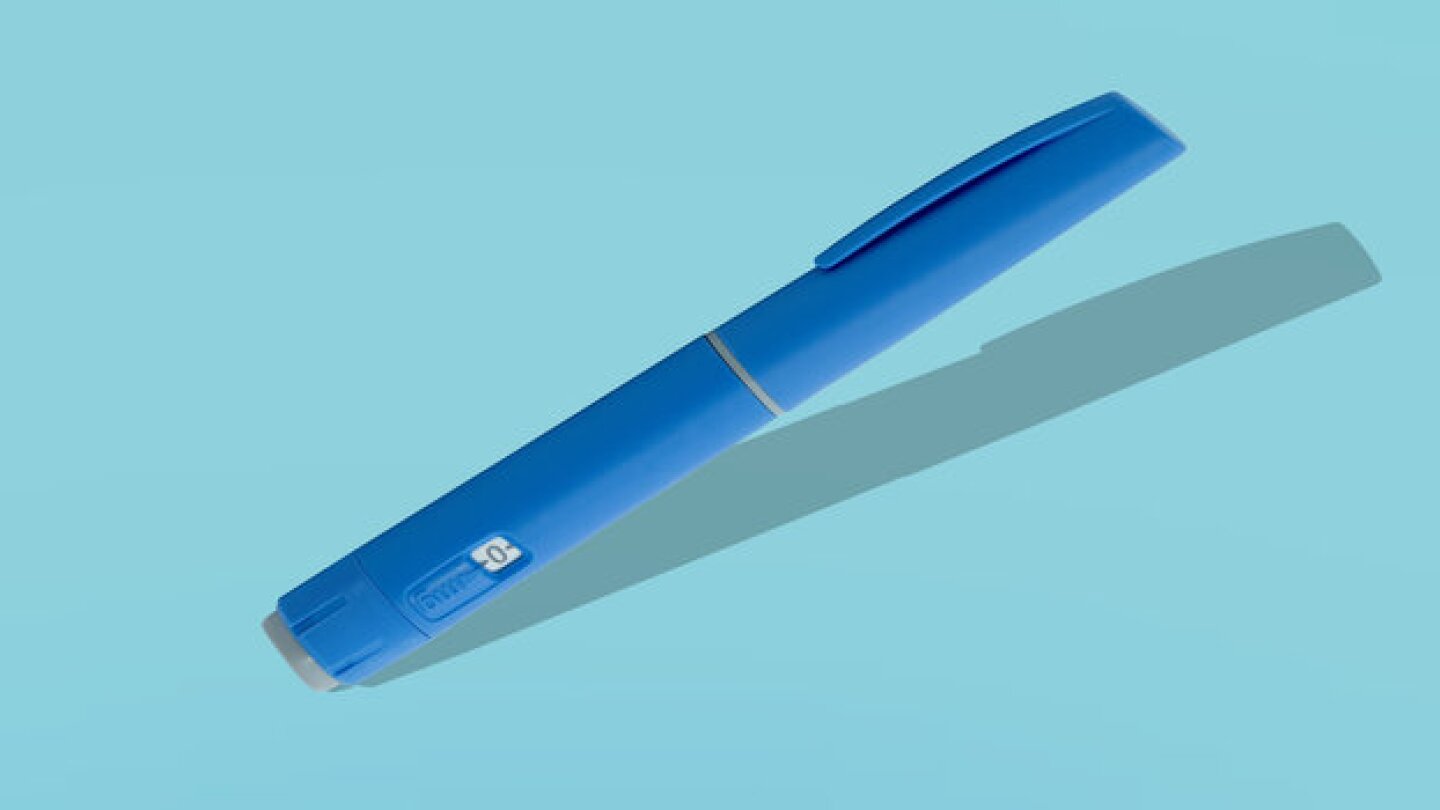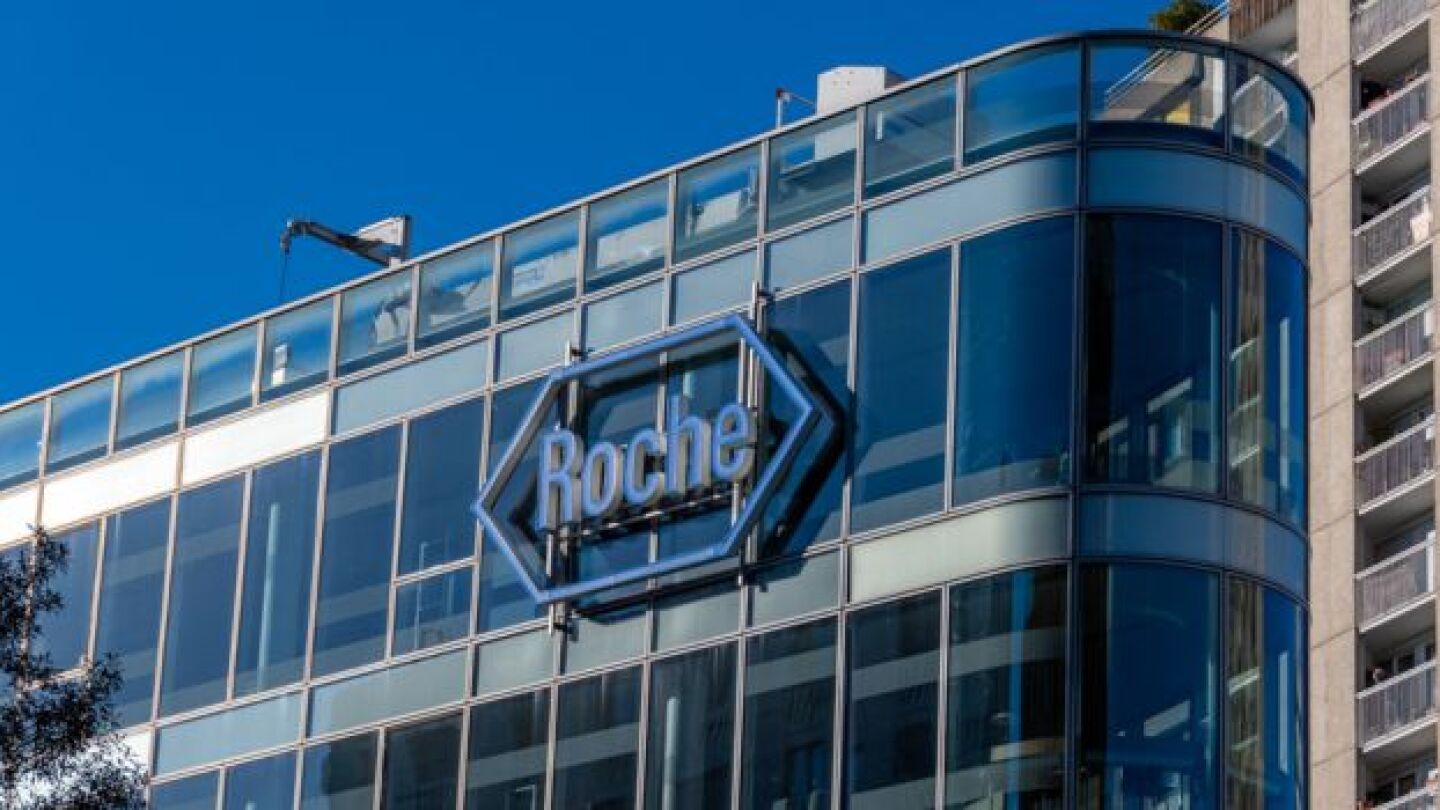Metabolic disorders
Encouraged by the potential of the weight-loss candidates acquired from Carmot Therapeutics, Roche will speed up the development of its obesity programs, seeking to differentiate itself in the market.
With promising Phase II data in hand, Viking Therapeutics is pushing its subcutaneous GLP-1/GIP receptor dual agonist into late-stage development, the company announced on Wednesday.
Despite early 2024 optimism, BioSpace’s Job Market Trends report outlines a still sluggish situation in the biopharma industry, Novartis and J&J announce Q2 earnings, GLP-1 market leaders expand into China and the Cassava Sciences saga continues.
Innovent Biologics’ dual GLP-1/glucagon receptor agonist mazdutide is also being developed for chronic weight management. China’s regulator accepted Innovent’s drug application for this indication in February 2024.
Eli Lilly’s tirzepatide, which has previously been approved in China for diabetes, can now also be used for chronic weight management in the world’s second most populated country.
While type 2 diabetes and obesity are the primary conditions currently treated with blockbuster GLP-1 drugs, Novo Nordisk and Eli Lilly aim to enter additional markets.
With GLP-1 receptor agonists expected to dominate the weight loss market in the near term, several young companies are building on this mechanism, while others are taking a completely different approach.
After nixing a twice-daily version of its oral GLP-1 agonist, Pfizer is hoping to break into the weight-loss space with a once-daily version, but experts question its outlook.
Roche’s oral GLP-1 receptor agonist CT-996—obtained in the $2.7 billion acquisition of Carmot Therapeutics—reduced body weight by more than 6% at four weeks versus placebo in a Phase I trial.
Pfizer selects its candidate for the oral GLP-1 race as Eli Lilly strives to overtake Novo Nordisk in the injectable weight-loss drug space. Meanwhile, pressure builds to reduce drug prices in the U.S.
PRESS RELEASES








